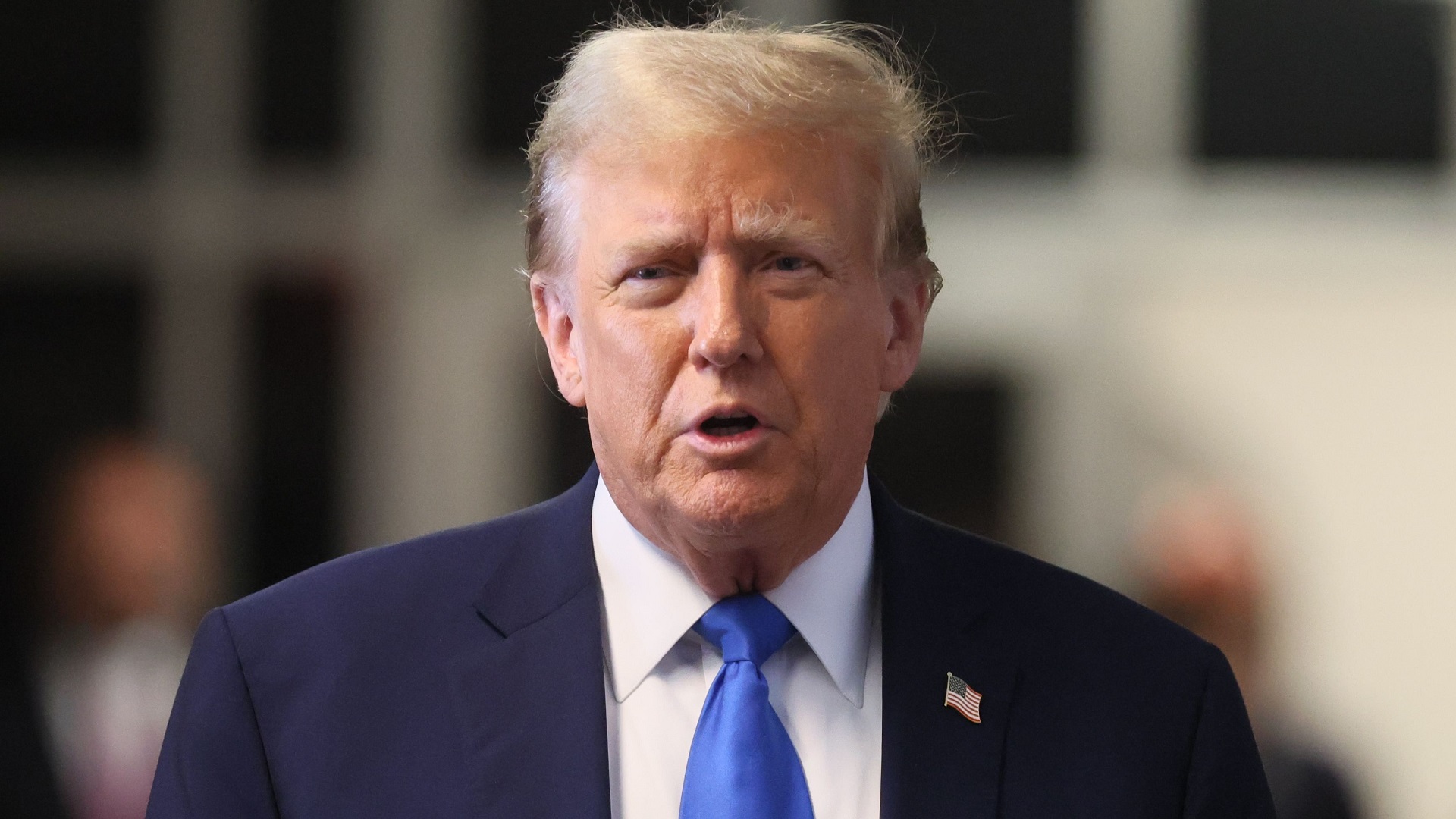Matthew Jones | Source | Precious Metals Analyst at Solomon Global
Matthew Jones
Matthew Jones is a seasoned Precious Metals Analyst at Solomon Global, bringing over 25 years of extensive experience across various financial markets. Specializing in precious metals, Matthew possesses a profound understanding of how these assets can protect wealth and enhance the stability of a diversified investment portfolio.
With a passion for precious metals, particularly gold, he is dedicated to delivering tailored insights that address the unique needs of each investor. Matthew's expertise and commitment make him a trusted resource for those looking to navigate the complexities of this market.
-

Solomon Global
Precious Metals Analyst
-
Fed cuts rate by 0.5%, gold rises
Matthew Jones, analyst at London-based precious metal bar trader Solomon Global, said the price could move higher as investors consider how lower interest rates signal a weakening economic outlook, prompting them to seek safe-haven assets like gold. It also lowers the opportunity cost of holding non-yielding assets like gold, he said. “Historically, rate cuts have correlated with rising gold prices,” Jones said by email. “For example, during the 2008 financial crisis and the COVID-19 pandemic in 2020, the Fed’s rate cuts were followed by significant increases in gold prices.”
Article -
Monday Morning Brief for Sept. 23, 2024: Rate cut impact
The decision by the Fed to cut rates by one-half percent had an immediate impact on spot prices for gold and silver and the question remains as to what the long-term picture will be.
Article -
How Trump Winning the Election Could Affect Gold Prices
Investors want to know how things will pan out.
Article
-
Central Banks Boost Gold Reserves Amid Economic Uncertainty
Matthew explains that central banks are diversifying reserves and hedging against inflation by increasing gold purchases. This move suggests anticipation of financial turbulence. With rising demand and limited supply, gold prices are expected to climb, potentially reaching $2800 by early 2025, driven by geopolitical risks and economic uncertainties. -
Gold Prices Set to Surge Past $3k Amid Middle East Tensions
Matthew predicts gold will surpass $3k as Israel retaliates against Iran. "Gold will hit and surpass $3000 the very second that Israel launches its missiles." He expects gold to hit new highs, pull back, and then surpass previous peaks, driven by ongoing Middle East conflicts and potential inflation spikes. -
Investing in Commodities: Key Insights from Solomon Global Analyst
Matthew explains, "Commodities are physical assets like oil, gold, and agricultural products, offering diversification and inflation hedging." He highlights their benefits, such as low correlation with stocks and bonds, and their risks, including high price volatility and lack of yield. Commodities can protect against inflation as their value often rises with the cost of goods and services.
-
The highly anticipated Federal Reserve interest rate cut - the first in four years - has come to pass. As expected and priced with a 66% chance, the Fed has cut rates by 50 basis points. Whilst this will have already been ‘baked into’ the current price of gold to some extent, there is still much potential for further uplift. Gold, as a non-yielding asset, tends to benefit during periods of monetary easing. Here's how the rate cut impacts gold:
Lower opportunity cost: Gold does not pay interest or dividends, so when interest rates reduce, the opportunity cost of holding gold diminishes. Investors seeking returns from yield-generating assets like bonds or savings accounts find gold more attractive in a lower-rate environment.
Weaker dollar effect: Fed rate cuts often result in the depreciation of the U.S. dollar. Since gold is priced in USD, a weakening in the currency makes gold more affordable for foreign buyers, boosting demand and raising prices.
Inflation Hedge: Lower interest rates can spur inflation over time as borrowing becomes cheaper, stimulating economic activity. In anticipation of higher inflation, investors often turn to gold as a safe haven and hedge against rising prices, further driving demand.
Protection: Lower interest rates can signal economic concerns or uncertainty about future growth, which may drive investors toward safe-haven assets like gold. When the Fed cuts rates in response to economic downturns or financial instability, gold prices often rise as investors seek safety.
Proven track record: Historically, rate cuts have correlated with rising gold prices. For example, during the 2008 financial crisis and the COVID-19 pandemic in 2020, the Fed's rate cuts were followed by significant increases in gold prices.
-
The most major market dynamic for UK savers and investors in October will be the first budget of the new Labour government. That the UK will face an ever-increasing tax burden is Westminster’s worst-kept secret. In this environment, the tax efficiency of gold creates further demand, and this extra demand can only propel pricing.
-
A political debate or pure political theatre? Last night's Trump v Harris was a clash of opposites. The stark divide only deepened existing political uncertainty, a factor that tends to push investors toward safe-haven assets like gold. When the political landscape feels unpredictable and financial markets experience sudden volatility, people seek stability in something tangible—and gold historically thrives in such moments.
The debate was not just political theatre; it likely increased market anxiety, giving gold another day in the sun.

